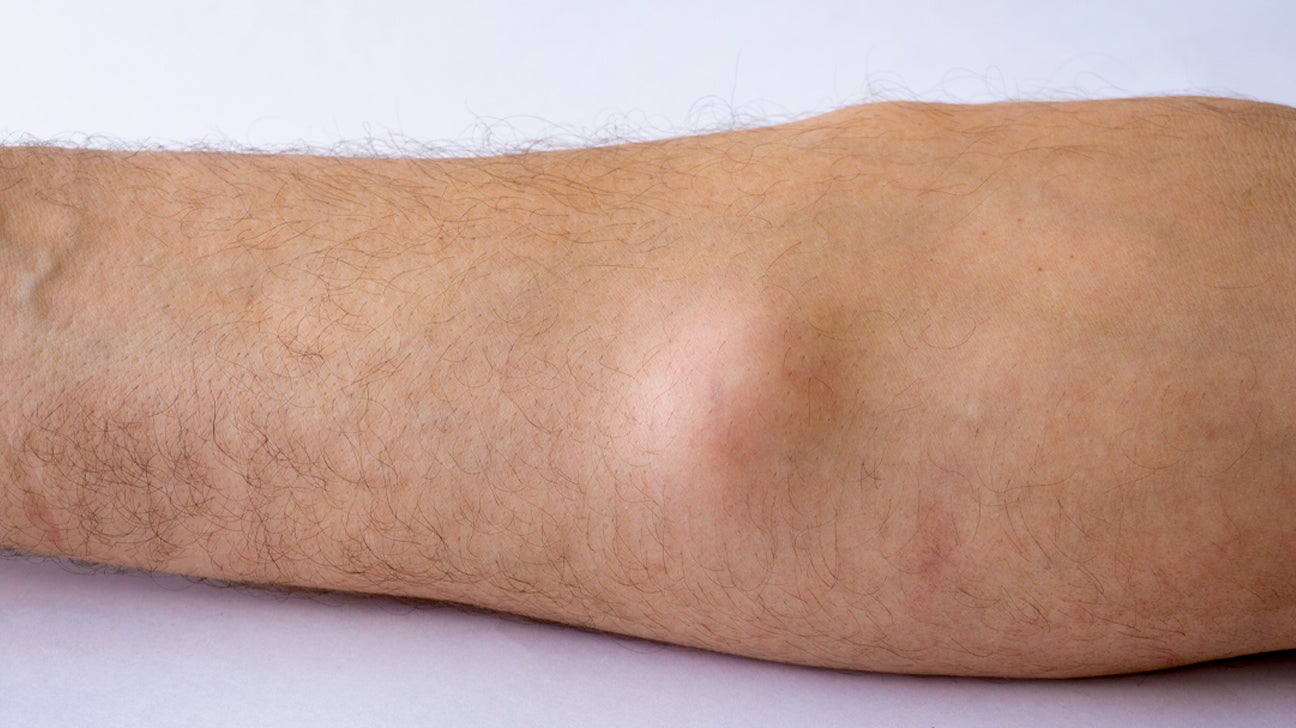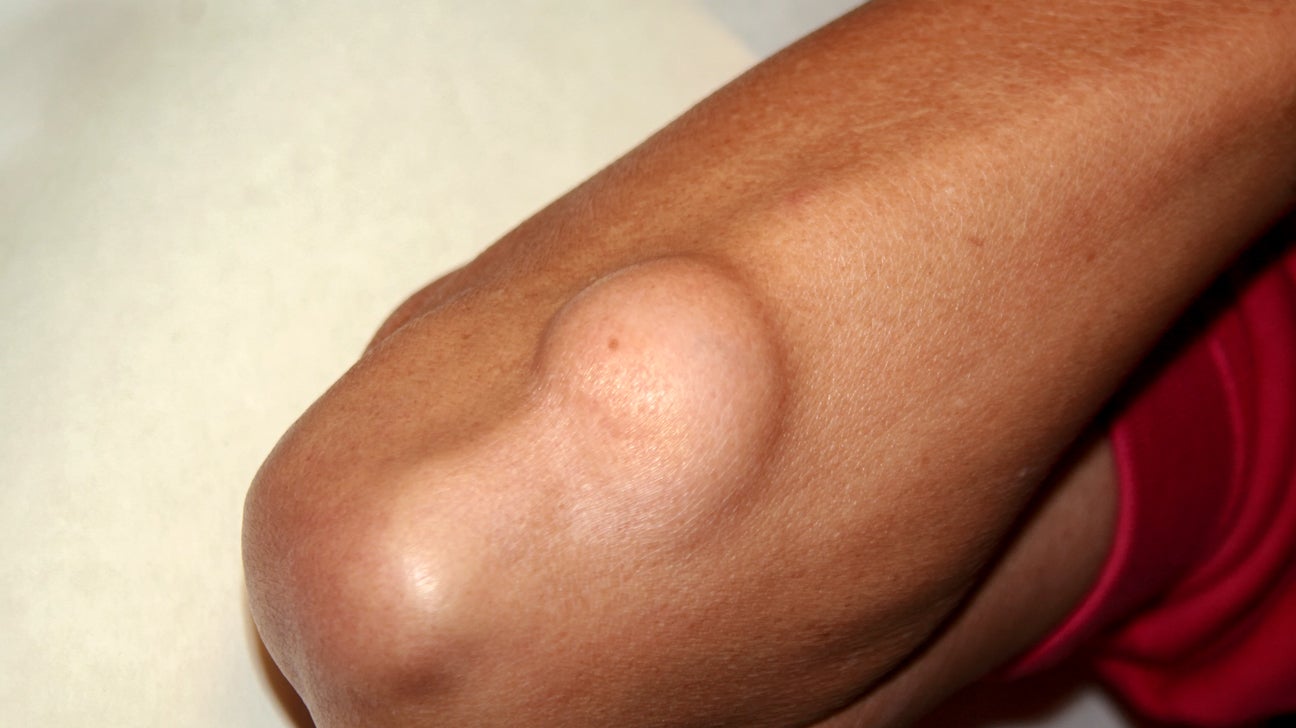What is the main cause of lipoma ?
LIPOMA :
Lipomas are benign soft tissue tumors. They grow slowly and are not cancerous. Most lipomas don’t need treatment. If a lipoma is bothering you, your healthcare provider can remove it with an outpatient procedure.
A lipoma is a round or oval-shaped lump of tissue that grows just beneath the skin. It’s made of fat, moves easily when you touch it and doesn’t usually cause pain. Lipomas can appear anywhere on the body, but they’re most common on the back, trunk (torso), arms, shoulders and neck. A lipoma is a lump of fatty tissue that grows just under the skin. Lipomas move easily when you touch them and feel rubbery, not hard. Most lipomas aren’t painful and don't cause health problems so they rarely need treatment. If a lipoma is bothering you, your provider can remove it.
WHAT THE SIGNS AND SYMPTOMS OF LIPOMA ?
Lipomas aren’t usually painful, but they can be uncomfortable if they press against a nerve or develop near a joint. Many people who have a lipoma don’t notice any symptoms. Lipomas are usually:
- Encapsulated: They don’t spread to the tissues surrounding them.
- Painless: However, some lipomas cause pain and discomfort depending on their location, size and if blood vessels are present.
- Round or oval-shaped: The fatty lumps of rubbery tissue are usually symmetrical.
- Moveable: They sit just beneath the skin’s surface and move when you touch them.
- Smaller than 2 inches in diameter: In a few cases, lipomas can be larger than 6 inches wide.
Healthcare providers aren’t sure what causes lipomas to grow. They are inherited (passed down through families). You’re more likely to develop a lipoma if someone in your family has one.
Some conditions cause multiple lipomas to form on the body. Lipoma-causing conditions include:
- Dercum’s disease: This rare disorder causes painful lipomas to grow, most often on the arms, legs and trunk. It’s also called adiposis dolorosa or Anders’ syndrome.
- Gardner syndrome: A form of a disorder called familial adenomatous polyposis (FAP), Gardner syndrome causes lipomas and a range of health problems.
- Hereditary multiple lipomatosis: Also called familial multiple lipomatosis, this disorder is inherited (passed down through families).
- Madelung’s disease: This condition occurs most often in men who drink alcohol excessively. Also called multiple symmetric lipomatosis, Madelung’s disease causes lipomas to grow around the neck and shoulders.
- Angiolipoma: This type contains fat and blood vessels. Angiolipomas are often painful.
- Conventional: The most common type, a conventional lipoma contains white fat cells. White fat cells store energy.
- Fibrolipoma: Fat and fibrous tissue make up this type of lipoma.
- Hibernoma: This kind of lipoma contains brown fat. Most other lipomas contain white fat. Brown fat cells generate heat and help regulate body temperature.
- Myelolipoma: These lipomas contain fat and tissues that produce blood cells.
- Spindle cell: The fat cells in these lipomas are longer than they are wide.
- Pleomorphic: These lipomas have fat cells of various sizes and shapes.
Most lipomas don’t need treatment. If a lipoma is bothering you, your provider can remove it surgically. Lipoma removal procedures are safe and effective, and you can usually go home the same day.
As an alternative to lipoma surgery, your provider may recommend liposuction to remove the lipoma. Your provider uses a long, thin needle to remove fatty tissue from the growth.
HOW ARE LIPOMAS DIANOSED ?
Oftentimes, these may be mistaken for a cyst. To see a clear picture of this lump, your provider may order an imaging test such as an ultrasound, magnetic resonance imaging (MRI) scan, or computed tomography (CT) scan. These imaging studies help your provider determine if it is a lipoma versus a cyst. It can also help identify the lipoma’s location and how deep it is if it has blood vessels and whether it’s pressing against nerves or other tissues.
Providers usually diagnose a lipoma during a physical examination. Your provider will touch the lipoma and ask if it’s painful or tender. You may need a biopsy to confirm that the lipoma isn’t cancer. During this procedure, your provider removes a sample of the lipoma and sends it to a lab for testing.


Comments
Post a Comment